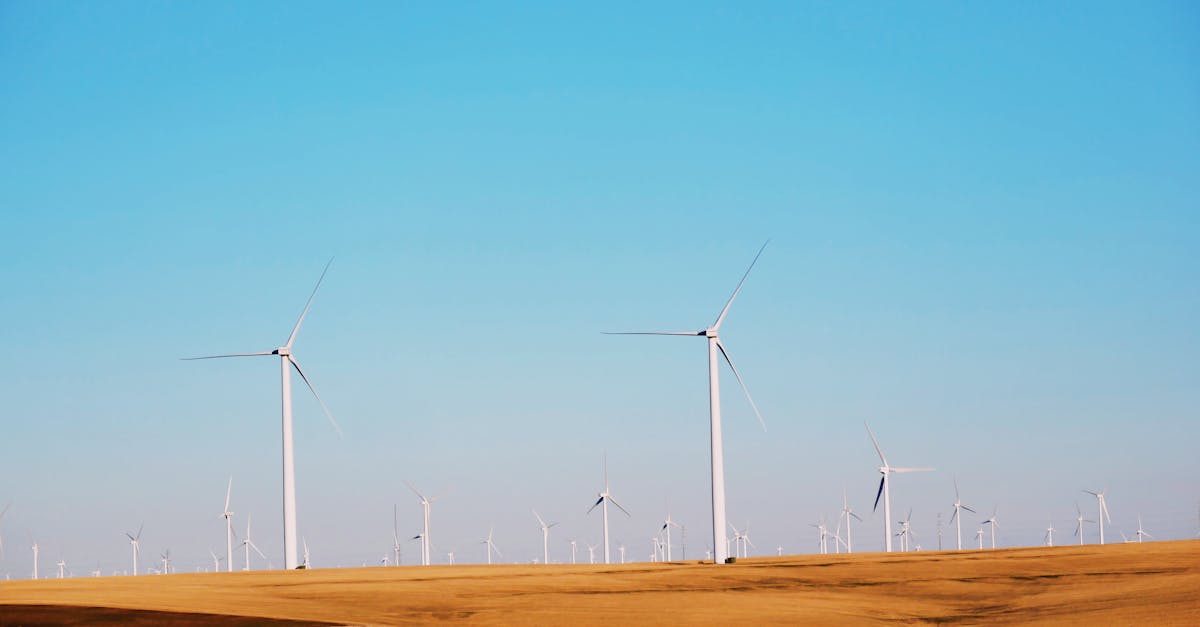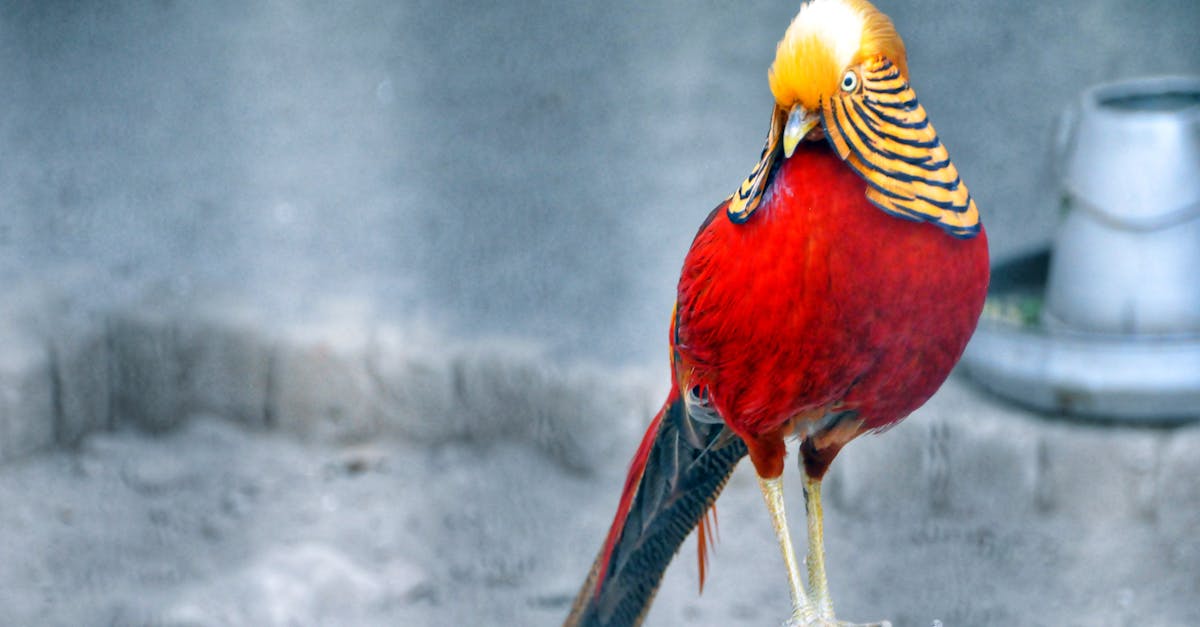Key Takeaways
- Hydroponic water chillers are essential for regulating and cooling water in hydroponic systems to prevent heat stress and ensure optimal nutrient uptake.
- They help prevent root rot and algae growth while maintaining nutrient levels for plant growth.
- When choosing a hydroponic water chiller, consider factors such as chilling capacity, energy efficiency, noise level, durability, and ease of installation and maintenance.
- Renowned brands like Active Aqua, JBJ, Aqua Euro, and Coralife are known for their quality hydroponic water chillers.
- Proper installation in a well-ventilated area and regular maintenance, including cleaning and monitoring water temperature, are essential to maximize the efficiency of hydroponic water chillers.

Understanding Hydroponic Water Chillers
When it comes to hydroponic systems, maintaining the right water temperature is critical.
Hydroponic water chillers play a key role in regulating and cooling the water to ideal levels for plant growth.
How do they work?
- Hydroponic water chillers use a refrigeration system to lower the temperature of the water in the reservoir.
- They help prevent heat stress in plants and ensure optimal nutrient uptake.
- Prevents root rot and algae growth.
- Maintains nutrient levels in the water.
- Optimizes plant growth and yields in hydroponic setups.
For more information on hydroponic water chillers, check out this guide from experts in the field.
Factors to Consider When Choosing a Hydroponic Water Chiller
When selecting the best hydroponic water chiller, we need to keep a few key factors in mind. Here are some important considerations:
- Chilling Capacity: Ensure the chiller can handle the size of your hydroponic system.
- Energy Efficiency: Look for models that are energy-efficient to keep operating costs down.
- Noise Level: Consider the noise level of the chiller, especially if your setup is in a residential area.
- Durability: Opt for a chiller made from high-quality materials for long-lasting performance.
- Ease of Installation and Maintenance: Choose a chiller that’s easy to install and maintain for convenience.
When making your decision, make sure to research thoroughly and consult reliable sources like GardeningKnowHow for expert recommendations.

Top Brands in the Market for Hydroponic Water Chillers
In the field of hydroponic water chillers, several brands stand out for their quality and performance. Some of the top brands dominating the market include:
- Active Aqua: Known for its efficient and reliable water chillers.
- JBJ: Offers a range of chillers known for their durability and effectiveness.
- Aqua Euro: Recognized for producing chillers with high chilling capacity.
- Coralife: Popular for its quiet and energy-efficient water chillers.
When looking for the best hydroponic water chiller, considering these renowned brands can help ensure you make a sound investment. For more in-depth reviews and recommendations on hydroponic equipment, check out GardeningKnowHow and Green and Vibrant.
Installation and Maintenance Tips for Hydroponic Water Chillers
When setting up your hydroponic water chiller, make sure to place it in a well-ventilated area to prevent overheating. Regularly check the water temperature to ensure it stays within the optimal range for plant growth. Clean the chiller and its components to prevent buildup and maintain efficiency.
For installation guidance and maintenance tips, we recommend checking out resources from GardeningKnowHow and Green and Vibrant. These websites offer valuable insights to help you get the most out of your hydroponic water chiller.

How to Maximize the Efficiency of Your Hydroponic Water Chiller
To ensure your hydroponic water chiller runs smoothly, follow these maintenance tips:
- Regular Cleaning: Clean the chiller and its components to prevent algae and debris buildup.
- Proper Ventilation: Place the chiller in a well-ventilated area to prevent overheating.
- Monitor Temperature: Regularly check the water temperature to ensure it stays within the optimal range.
For expert installation guidance and more maintenance tips, check out resources from GardeningKnowHow and Green and Vibrant for valuable insights.
